Apple is offering a $50 credit to customers who paid for an out-of-warranty battery replacement for iPhone 6 or later devices.
Apple has announced that users with devices that had service performed and paid for by the user between January 1, 2017 and December 28, 2017 will be notified by email about the refund. Eligible battery replacements must have been completed at an Apple authorized service location, meaning an Apple Store, Apple Repair Center, or an Apple Authorized Service Provider.
The credit will be provided as an electronic funds transfer or a credit on the credit card used to pay for the battery replacement service. Emails will go out starting on Wednesday through July 27, 2018 with instructions on how to obtain the credit.
Should a customer feel that they are entitled to a refund and weren't contacted by Apple, the company requests that they contact Apple before the end of the battery replacement program on Dec. 31. If contacting Apple is necessary, proof of service at an Apple authorized service location may be required.
Apple's $29 battery replacement program was announced in December 2017, after benchmarking showed that Apple was throttling performance on devices with chemically depleted batteries to prevent an unexpected device crash.
"We know that some of you feel Apple has let you down. We apologize," the company wrote at the time in an open letter. "There's been a lot of misunderstanding about this issue, so we would like to clarify and let you know about some changes we're making."
The letter also explained how batteries age and degrade in performance over time, and what the software changes in iOS 10.2.1 did to address these problems. It states that recent customer feedback over the controversy compelled it to make changes, including the upcoming software update and reduction in battery replacement price to $29 vice $79 for affected models.
Apple's full letter to customers said:
December 28, 2017A Message to Our Customers about iPhone Batteries and Performance
We've been hearing feedback from our customers about the way we handle performance for iPhones with older batteries and how we have communicated that process. We know that some of you feel Apple has let you down. We apologize. There's been a lot of misunderstanding about this issue, so we would like to clarify and let you know about some changes we're making.
First and foremost, we have never — and would never — do anything to intentionally shorten the life of any Apple product, or degrade the user experience to drive customer upgrades. Our goal has always been to create products that our customers love, and making iPhones last as long as possible is an important part of that.
How batteries age
All rechargeable batteries are consumable components that become less effective as they chemically age and their ability to hold a charge diminishes. Time and the number of times a battery has been charged are not the only factors in this chemical aging process.
Device use also affects the performance of a battery over its lifespan. For example, leaving or charging a battery in a hot environment can cause a battery to age faster. These are characteristics of battery chemistry, common to lithium-ion batteries across the industry.
A chemically aged battery also becomes less capable of delivering peak energy loads, especially in a low state of charge, which may result in a device unexpectedly shutting itself down in some situations.
To help customers learn more about iPhone's rechargeable battery and the factors affecting its performance, we've posted a new support article, iPhone Battery and Performance.
It should go without saying that we think sudden, unexpected shutdowns are unacceptable. We don't want any of our users to lose a call, miss taking a picture or have any other part of their iPhone experience interrupted if we can avoid it.
Preventing unexpected shutdowns
About a year ago in iOS 10.2.1, we delivered a software update that improves power management during peak workloads to avoid unexpected shutdowns on iPhone 6, iPhone 6 Plus, iPhone 6s, iPhone 6s Plus, and iPhone SE. With the update, iOS dynamically manages the maximum performance of some system components when needed to prevent a shutdown. While these changes may go unnoticed, in some cases users may experience longer launch times for apps and other reductions in performance.
Customer response to iOS 10.2.1 was positive, as it successfully reduced the occurrence of unexpected shutdowns. We recently extended the same support for iPhone 7 and iPhone 7 Plus in iOS 11.2.
Of course, when a chemically aged battery is replaced with a new one, iPhone performance returns to normal when operated in standard conditions.
Recent user feedback
Over the course of this fall, we began to receive feedback from some users who were seeing slower performance in certain situations. Based on our experience, we initially thought this was due to a combination of two factors: a normal, temporary performance impact when upgrading the operating system as iPhone installs new software and updates apps, and minor bugs in the initial release which have since been fixed.
We now believe that another contributor to these user experiences is the continued chemical aging of the batteries in older iPhone 6 and iPhone 6s devices, many of which are still running on their original batteries.
Addressing customer concerns
We've always wanted our customers to be able to use their iPhones as long as possible. We're proud that Apple products are known for their durability, and for holding their value longer than our competitors' devices.
To address our customers' concerns, to recognize their loyalty and to regain the trust of anyone who may have doubted Apple's intentions, we've decided to take the following steps:
- Apple is reducing the price of an out-of-warranty iPhone battery replacement by $50 — from $79 to $29 — for anyone with an iPhone 6 or later whose battery needs to be replaced, starting in late January and available worldwide through December 2018. Details will be provided soon on apple.com.
- Early in 2018, we will issue an iOS software update with new features that give users more visibility into the health of their iPhone's battery, so they can see for themselves if its condition is affecting performance.
- As always, our team is working on ways to make the user experience even better, including improving how we manage performance and avoid unexpected shutdowns as batteries age.
At Apple, our customers' trust means everything to us. We will never stop working to earn and maintain it. We are able to do the work we love only because of your faith and support — and we will never forget that or take it for granted.
 Mike Wuerthele
Mike Wuerthele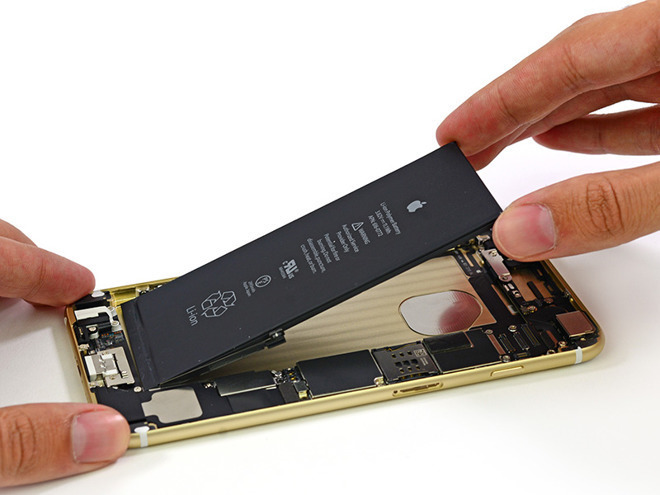
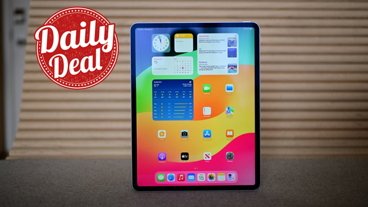
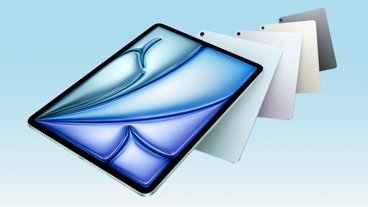
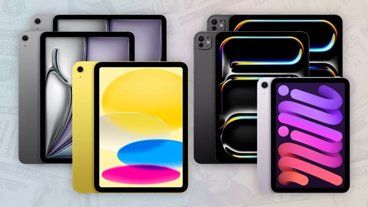

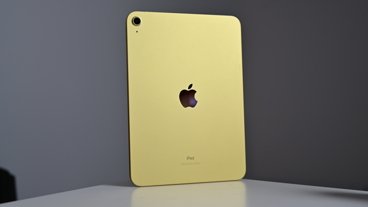
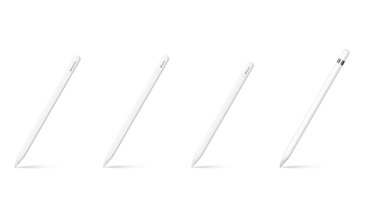

-m.jpg)






 Andrew Orr
Andrew Orr
 Andrew O'Hara
Andrew O'Hara
 Christine McKee
Christine McKee
 Marko Zivkovic
Marko Zivkovic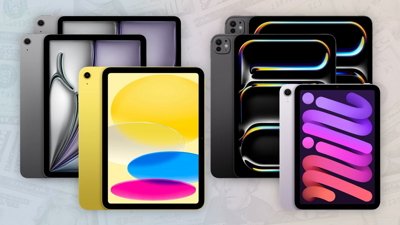
 Malcolm Owen
Malcolm Owen

 Amber Neely
Amber Neely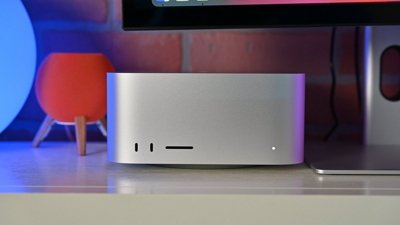
 William Gallagher
William Gallagher
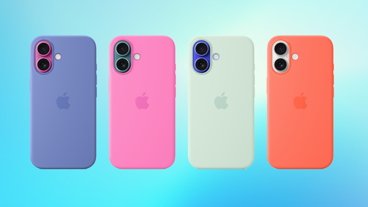
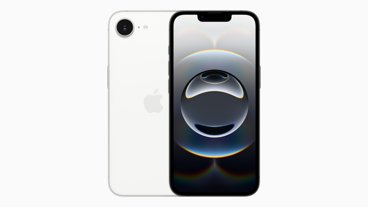
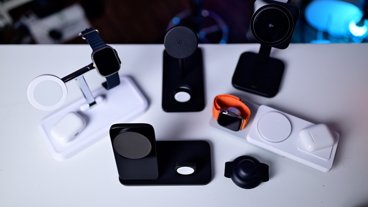



11 Comments
I don’t understand why as a proud 5S owner my iPhone is not covered. Every now and then it resprings, many a time at a crucial moment, sometimes losing crucial text I was writing but always a terrible nuisance that brings down the image I had of Apple. I mean, this is the kind of stuff we expect to see in windows and android cheap stuff. I’m pretty sure it is also really bad WhatsApp and Facebook memory hog App code and the small RAM the iPhone 5S has, even though it also does it in other Apps.
Anyhow, I cannot understand why iPhone 5S is not covered. Maybe another strategy to make users like me feel so uncomfortable we’ll have to buy a new one. Well, this has really done something to my faith on Apple products, I’ve been an Apple user and owner since before 1992 and never seen anything like this - an Apple product shutting down and restarting at random?!!!!
PS: I’m at iOS 11.2.6 unwilling to update to 11.3.x given the bugs these updates introduce. Disastrous buggy updates is also another thing I’ve never expected from Apple and it’s getting customary. Anyhow, I feel iOS has terrible RAM memory management or Apple has failed to coordinate with App creators on that front, especially WhatsApp and FB.
A nice gesture. I'm not sure if I'm eligible myself but credit where credit is due. No pun intended.
I took my iPhone in for battery replacement because the battery was swollen and was pushing the screen up. They replaced the entire phone. So you need to be comfortable making a back up through iTunes just before you go in or better yet take your Mac Book with you so they can make a back up and a restore onto the new phone because if they swap out your phone they are going to erase the old one right then and there. No do-overs.
This is one of many reasons why Apple remains near the top in customer satisfaction.